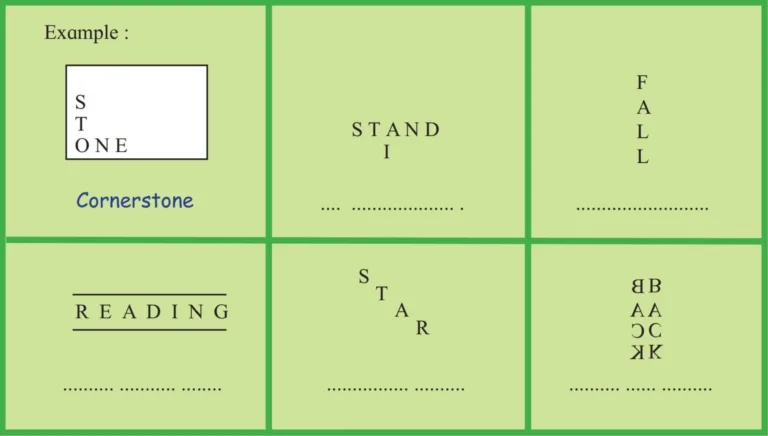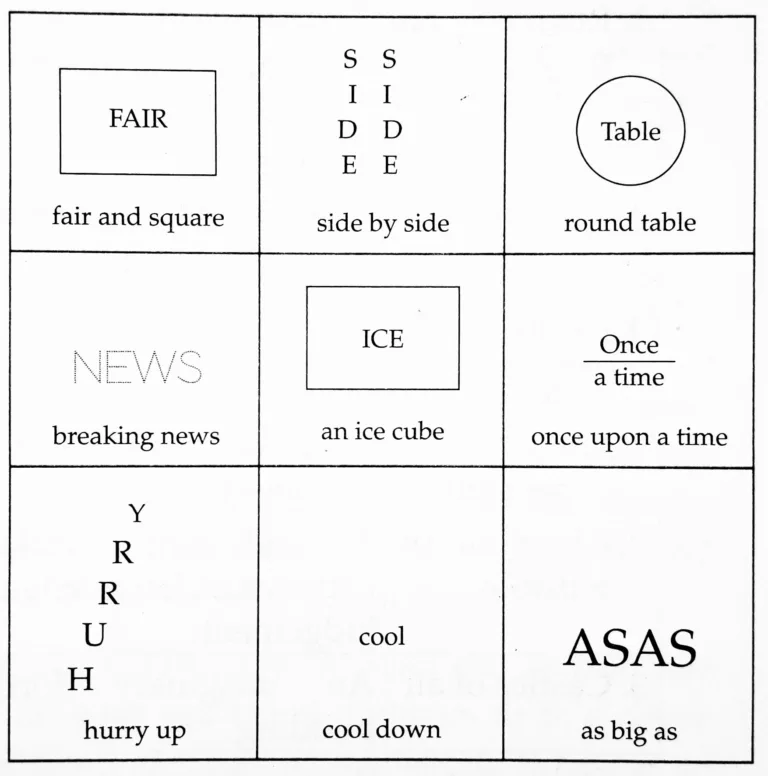Chapter 4.6 - The Phantom Tollbooth (A Book Review)
Meanings:
- admitted – accepted/confessed
- intrigued – aroused curiosity
- genuine – truly what it is said to be
- precautionary – something done in advance
- cartographers – experts in map-drawing
- depict – represent in words or pictures
- regulations – rules for control
- destination – the place where one is headed for
- territory – an area
- expectations things we regard as likely to happen
- reuse – to use something again
- mission – an important task
- in a new light – in a new perspective leading to better understanding
Pointers
1. Read the passage and answer the following:
(a) Which book is introduced in the passage ?
Ans: The novel “The Phantom Tollbooth” is introduced in the passage.
(b) Where does the story take place ?
Ans: The story takes place in San Francisco in the United States.
(c) Who is the main character in the story?
Ans: Milo, a young boy who lived in San Francisco in the States is the main character in the story.
(d) Why is the tollbooth called a ‘phantom’ tollbooth?
Ans: The tollbooth is called the ‘phantom tollbooth because like a ghost. It disappears after Milo has passed it.
(e) When was the book written?
Ans: The book was written more than 50 years ago.
(f) Who has written the book?
Ans: Norman Juster has written the book.
2. List the various people and places mentioned in the passage. The places Milo visits and the people he meets have unusual names. Write the meanings of those names.
Ans:
Places Milo visits:
(i) Land of expectations
Meaning – a place where you go with high hopes of getting something
(ii) Kingdom of Wisdom
Meaning – a place where people are wise and get wisdom
(iii) The Doldrums
Meaning – a place where everyone is feeling sad or depressed
(iv) Castles of Air
Meaning – an imaginary fortified building
People Milo meets:
(i) Rhyme
Meaning – words that end with the same sound
(ii) Reason
Meaning – cause or explanation for something
(iii) Lethargarians
Meaning – lazy and lethargic people
3. List the various things that the Lethargarians do or want to do. Can you sum up all of it in one word or phrase ?
Ans: The Lethargarians do the following things: daydreaming, taking naps, and dawdling. delaying, biding their time, lingering and loitering, putting off for tomorrow what they can do today, loafing and lounging, dilly dallying and complaining.
The Lethargarians want to do the following things: brood, lag, plod, and procrastinate.
Summing it up in a single phrase, ‘Epitome of laziness’.
4. In the novel, the Lethargarians give a whole day’s time table of their activities.
Can you guess what it would be like ? Use your own ideas and prepare their time table.
Ans: Reading the book review, I’d say the Lethargarians timetable would be something like this:
6.15 am to 8.15 am – Daydreaming
8.15 am to 9.15 am – Taking naps
9.15 am to 10.15 am – Dawdle and delay
10.15 am to 11.15 am – Bide their time
11.15 am to 1.15 pm – Linger and loiter
1.15 pm to 2.15 pm – Put off for tomorrow what they could do today
2.15 pm to 3.15 pm – Loaf and lounge
3.15 pm to 4.15 pm – Dillydally
4.15 pm to 8.15 pm – Complain about busy schedule
8.15 pm to 10.15 pm – Complain again that there is almost no time for brooding, lagging, plodding, or procrastinating
10.15 pm – Retire for the day
5. Try to write interesting time tables for imaginary people or creatures.
Ans: Timetable of the Determination alias “Team”:
6.15 am to 8.15 am – Getting up and making a few resolutions
8.15 am to 9.15 am – Exercise
9.15 am to 10.15 am – Eat a healthy breakfast
10.15 am to 11.15 am – Planning of immediate tasks
11.15 am to 1.00 pm – Execution of the task
1.00 pm to 2.00 pm – Lunch break
2.00 pm to 3.00 pm – Afternoon siesta
3.00 pm to 4.00 pm – Tea break
4.00 pm to 8.15 pm – Continuation of the task
8.15 pm to 9.00 pm – Taking stock of the day’s activities
9.00 pm to 10.00 pm – Dinner
10.00 pm – Retire for the day
6. Activity :
Start a collection of new and interesting words. Write the words in coloured ink on cards of equal size and arrange them in alphabetical order. Try to use the words in your writing or conversation from time to time.
Ans: Students must do this on their own.
7. Discuss what makes the following sentences funny.
(i) Your wasted time will be refunded.
Ans: We all know that once time is lost, it’s lost forever. The above lines from the lesson are funny because, along with other instructions, they were included in the letter that was sent with the parcel. This line is a continuation of the earlier part of the statement, which said that results were not guaranteed and, if not perfectly satisfied, your wasted time would be refunded.
This impossible and improbable assurance makes it a funny statement.
(ii) There was no highway attached to the booth.
Ans: A highway is a main public road on which we find booths to make telephone calls or for toll collection.
The tollbooth mentioned was erected by Milo. But there was no highway attached to it. He wondered how a tollbooth could exist without a highway, evoking laughter from the reader at the funny statement.
8. The following boxes represent a word or phrase, through a special arrangement of letters. Guess the words.

Ans:
(i) Cornerstone
(ii) I STAND ALONE
(iii) FALL DOWN
(iv) Reading between the lines
(v) Falling Star
(vi) Back to Back
Try to represent the following words or phrases using such special graphic arrangements.
- fair and square
- side by side
- round table
- breaking news
- an ice cube
- once upon a time
- Hurry up
- cool down
- as big as
Ans:

9. Write a review of your favourite book. Use the following points :
Title of the book
Ans: If I Never Forever Endeavor
Author/Authors
Ans: Holly Meade
The central idea or story
Ans: This book is about a bird who didn’t yet know how to fly and has to decide if it will try to fly, but it is not sure if it wants to. The bird thought, “If I never forever endeavor,” then I won’t ever learn. On one wing, he worries he might fail, and on the other wing, he thinks of how he may succeed. He worries that if he tries, he may get lost in the world. That makes him want to stay in his nest, where he’s safe.
The important characters
Ans: This book is about a bird who didn’t yet know how to fly.
Some special features of the book
Ans: My favourite part is that the bird tried and learned that she could fly. I also liked that I read this book because it gave me a chance to talk to my mom about making mistakes and how I don’t like making them. Then I learned they are good and are part of learning.
Why it is your favourite book
Ans: It is my favourite book since it teaches that trying new things can be scary, but sometimes when we try, we can find things that make us happy too. And this book will help others know that mistakes are okay and part of learning.
Boys and girls who are 3 to 8 years old would like this book because it teaches about trying something new and how it’s important to get past being scared so you can learn new things.
